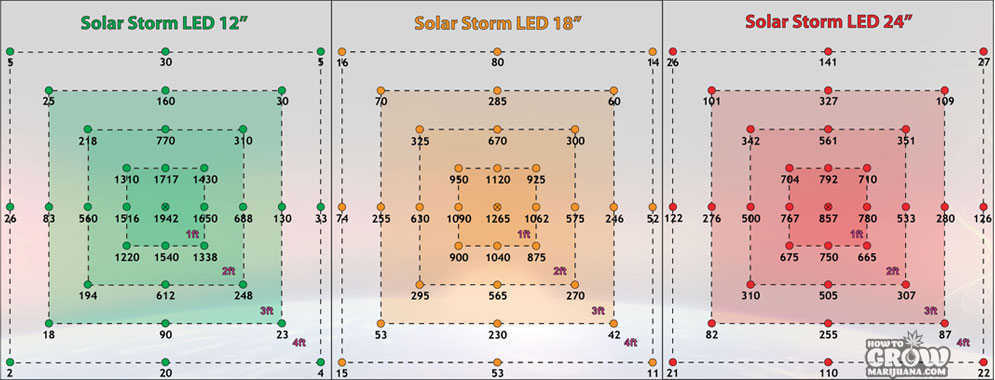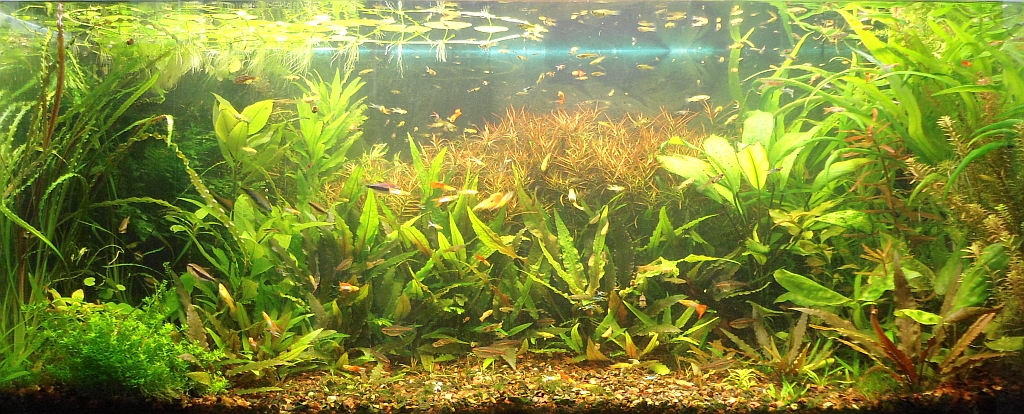I'm not sure if I'm agreeing or disagreeing!
The photosynthetic photon flux density (PPFD) - µmol/square meter/second - should be read at the plant, not at the source, but that can be said for all light sources, can't it?
Foot-candles and lux - AND PPF, for that matter - only tell you the light intensity, the first two being the brightness to the eye, the third being the actual photon flow rate. They, in my opinion, are of little value for any lamp, unless you already have some experience with them. The physical configuration of the emitting light source has a huge impact on the PPFD at the plant. For example, a linear fluorescent tube, spiral compact fluorescent lamp, and chip-on-board LED having the exact same PPF will have entirely different flux densities at the same distance.
The tube radiates in 360 degrees down its entire length, making it a somewhat cylindrical emitter. A large percentage has to be reflected (so the reflector is part of the equation, as well) toward the plants and some is lost altogether, as it reflects right back to the lamp. Plus, the total output is spread out down the length of the tube. The spiral CFL also radiates in all directions, but more spherical than cylindrical, plus a significant percentage of the emitted energy is trapped inside the spiral. That COB LED, on the other hand, puts out all of its energy from a small area, and it is projected over a bit more than 180° without any reflector, in more of a hemisphere.
What there really needs to exist for ALL lamps is a series of "stacked maps" of flux density. Each "stack" would be a different distance, and each "map" would be for a fixed distance from the central emitting axis of the lamp, and would show the PPFD at the center, and multiple places around it - sort-of like this:







